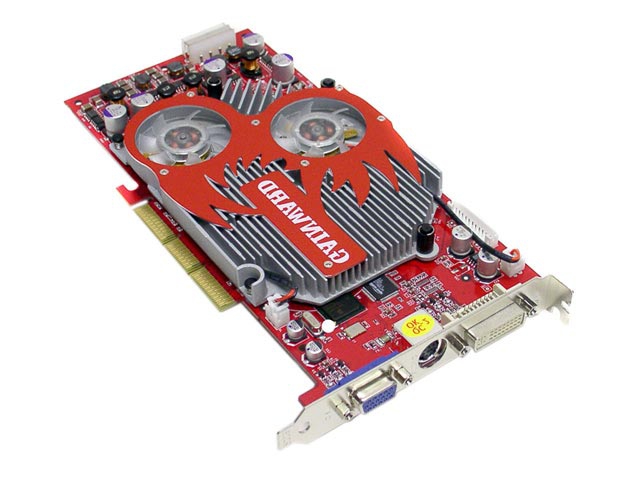Instruction
1
If you have Windows XP, right click the mouse on the desktop, then select "display settings", "settings" and "video card". String "Use video memory" is the memory of the graphics card. Also here you can find a string like "Available graphics memory" - this option adds the physical memory of the graphics card with a virtual system memory, which is much weaker than physical, but is allocated the CPU and RAM to improve the graphics in games and when video editing.
2
Your operating system is Windows Vista or Windows 7? Right-click the mouse on the desktop, select "screen Resolution", click on "advanced settings". Next you'll see a line similar to Windows XP.
3
Ideal if you need to know the total amount of video memory, i.e., shared video card memory (physical memory, according to the manufacturer, plus a virtual one, which is usually 2-2.5 times more physical). Click "start" on the desktop, select "All programs", "Standard". There you will find the label "Run". Press it and in the line that appears type "dxdiag" (without the quotes), then click "OK". You will see a diagnostics tool for DirectX computer.
Select the display tab and you will see the result. Here are the DirectX capabilities of your graphics card, so you can see how modern your graphics card in relation to graphics acceleration and other useful information about the graphics driver.
Select the display tab and you will see the result. Here are the DirectX capabilities of your graphics card, so you can see how modern your graphics card in relation to graphics acceleration and other useful information about the graphics driver.
Useful advice
Using all of the above methods, you can also check the video card manufacturer, the chip type and DAC model.

